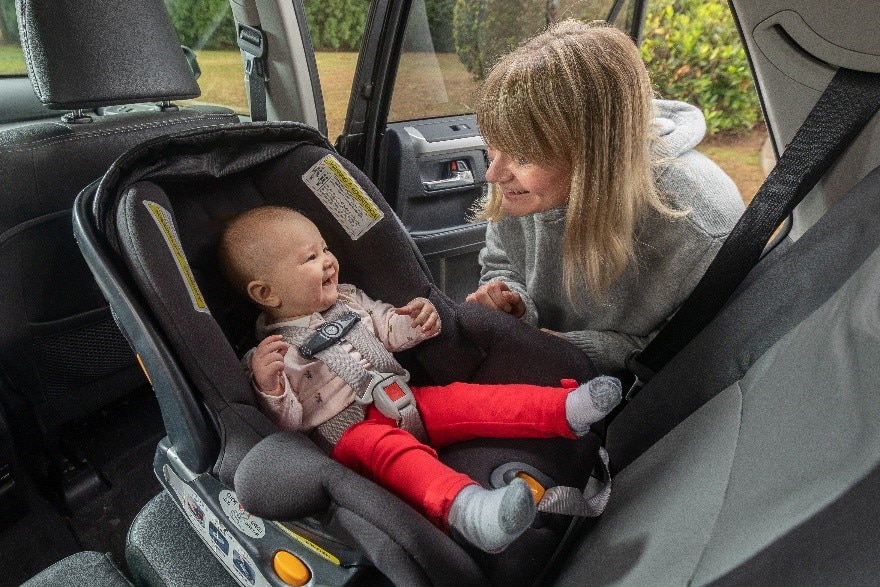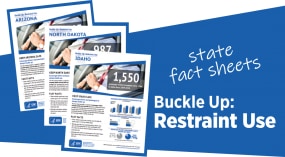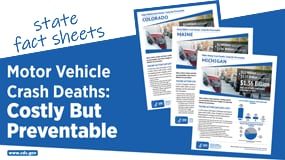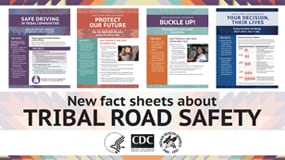What Works: Strategies to Increase Car Seat and Booster Seat Use

The strategies in this section are effective for increasing car seat and booster seat use. They are recommended by The Guide to Community Preventive Services or the National Highway Traffic Safety Administration. Different strategies may require different resources for implementation or have different levels of impact. This information can help decision makers and community partners see gaps and identify the most effective strategies to encourage parents and caregivers to always buckle up their children.
Child restraint laws require children riding in vehicles to be buckled up in approved restraints such as car seats, booster seats, or seat belts that are appropriate for their age, weight, and height. These laws are effective for increasing restraint use and for reducing child deaths/injuries. Strengthening current laws with booster seat provisions that require children who have outgrown car seats to use booster seats until at least age 9 helps increase use and reduce crash injuries and deaths.
Short-term, high-visibility enforcement programs can enhance the effectiveness of child restraint laws. These programs are often similar to or conducted in conjunction with those used to increase seat belt use. Programs are most effective when advertised widely in the media.
Car seat/booster seat distribution plus education programs help parents and caregivers obtain new, unused car seats or booster seats and learn how to properly install and use them. These programs often include hands-on demonstrations, which can help increase proper installation and use.
Incentive and education programs reward parents or children with coupons or other prizes for correctly using car seats. Programs offer educational print materials and videos for parents and caregivers.
Working together, we can help keep people safe on the road – every day. Encourage drivers and passengers to buckle up on every trip.
Fact sheets are available for each state and the District of Columbia. They have national and state data on restraint use and occupant crash deaths, as well as an overview of proven strategies for increasing the use of seat belts, car seats, and booster seats.
About 38,000 people are killed in motor vehicle traffic crashes each year in the United States. Traffic crash deaths resulted in $55 billion in medical and work loss costs in addition to the immeasurable burden on the victims’ families and friends in 2018.
These fact sheets highlight the cost of deaths from motor vehicle traffic crashes and show which age groups and types of road users account for the largest portion of these costs in each state. Take a look to find costs and prevention strategies specific to each state.
American Indians and Alaska Natives have the highest motor vehicle-related death rates of all racial and ethnic groups. However, crash-related injuries and deaths among members of tribal nations can be prevented.
Tribal fact sheets include important steps for improving road safety, including increasing child safety seat use, increasing seat belt use, and decreasing alcohol-impaired driving.


